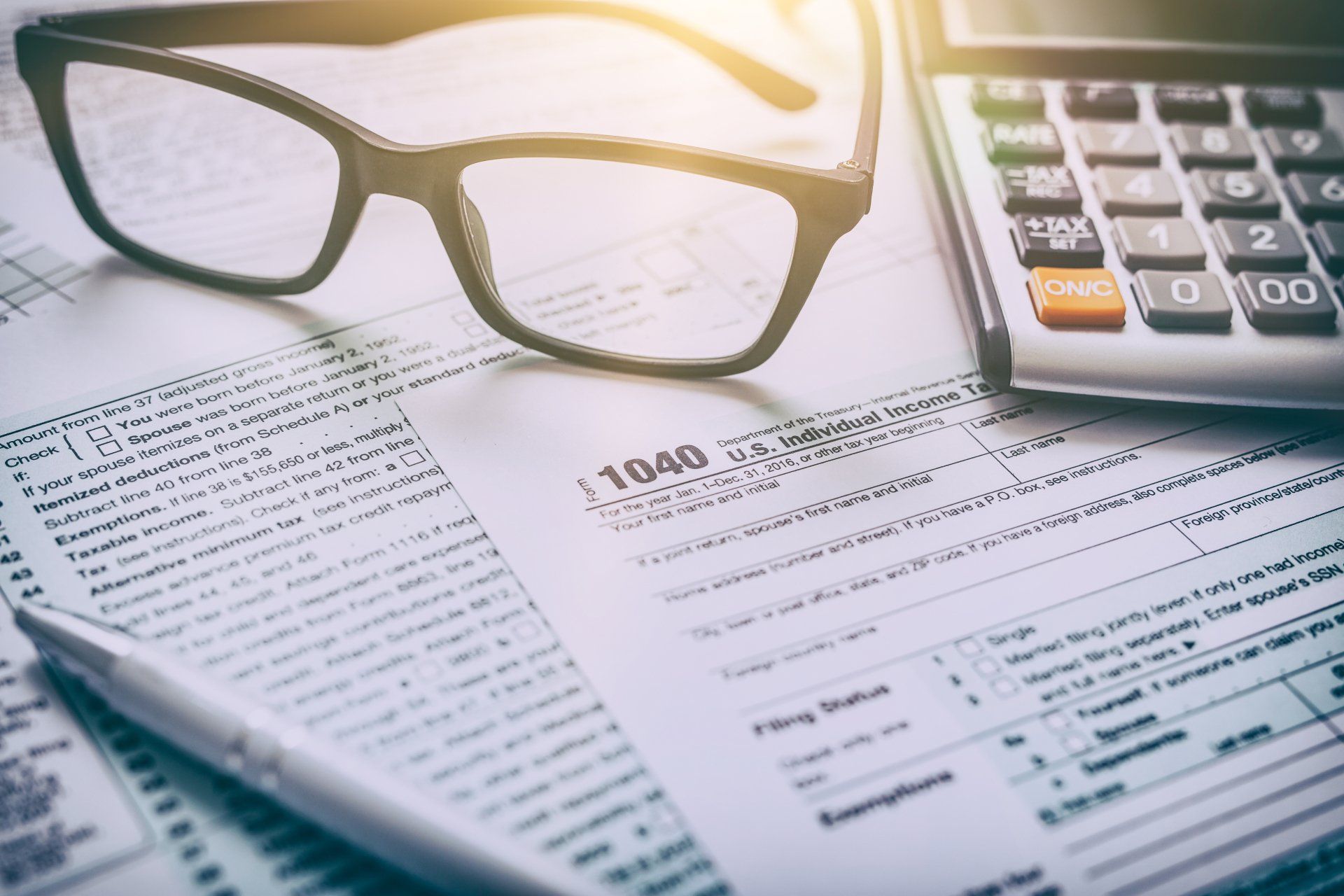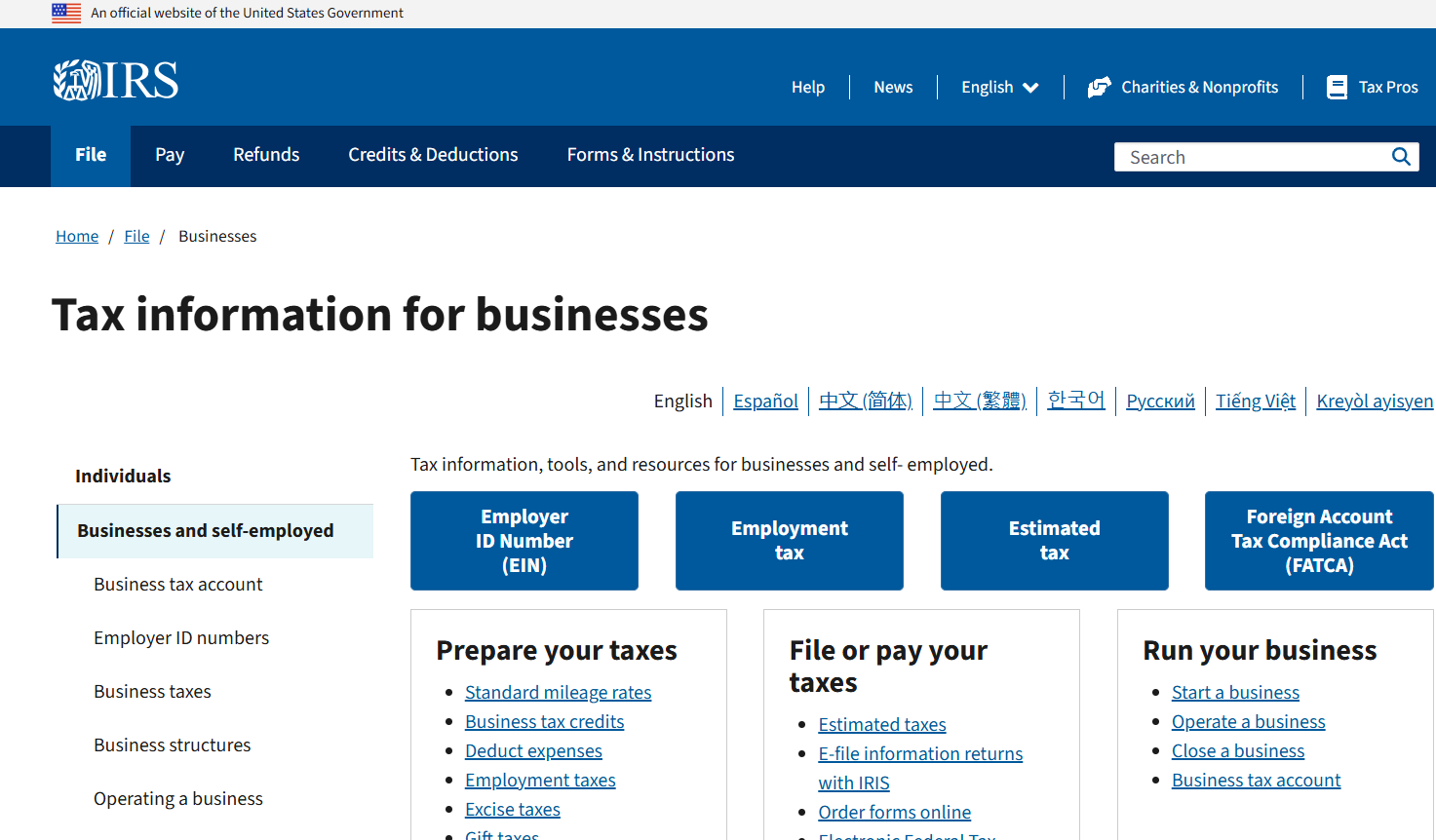Leases: Critical Changes to GAAP that Affect Financial Statements
Gregory S. Dowell
Timothy Delany
October 6, 2016
Accounting Standards Update (ASU) 2016-02 made historic changes to the way leases are reported on the financial statements for generally accepted accounting purposes. This is no small issue, as most organizations are exposed in some way to leases, whether as the lessor or the lessee. Consider that ASU 2016-02 is applied to all lease arrangements, whether related to real estate, machinery, or copiers, and the breadth of the impact starts to come more into focus.
Much of the impetus for this change comes from concerns over off-balance sheet financing. The argument has long existed that exposure to lease obligations are not properly reflected on an entity’s financials. In a very small nutshell, this new ASU will require that virtually every lease is reflected on the balance sheet. The determination of whether the lease is an operating lease or a finance lease will then determine how the lease is reflected initially and what the accounting treatment will be on an annual basis. The amount reflected initially on the balance sheet will be the net present value of the obligations that will be incurred by the entity over the term of the lease; the annual accounting treatment thereafter will differ based on whether an operating lease or a finance lease is involved.
The determination of an operating lease or a finance lease will hinge on a five-part test. The five determining criteria are:
- Does the lease transfer ownership of the underlying asset to the lessee by the end of the lease term?
- Does the lease grant the lessee the option to purchase the underlying asset that the lessee is reasonably certain to exercise?
- Does the term of the lease encompass the major part of the remaining economic life of the underlying asset?
- Does the present value of the sum of the lease payments, and any residual value guaranteed by the lessee that is not already reflected in the lease payments, equal, or exceed, substantially all of the fair value of the underlying asset?
- Is the underlying asset of such a specialized nature, that it is expected to have no alternative use to the lessor at the end of the lease term?
If the answer to ANY ONE of these criteria was “yes”, then the lease must be classified as a finance lease. If none of these criteria apply to the lease, then the lease is classified as an operating lease.
Implementation of the ASU for public business entities, certain not-for-profit entities, and employee benefit plans starts for fiscal years beginning after December 15, 2018 (including interim periods within those periods). For all other entities, the ASU is effective for fiscal years beginning after December 15, 2019, and interim periods with fiscal years beginning after December 15, 2020. Early application is permitted for all entities.
While the required implementation date for the new leasing standard is a couple of years away, many clients are being forced to understand what the impact will be on their financial statements when these changes take effect. This is particularly true where the entity has debt containing covenants that might be negatively impacted by the change. Lenders have been silent thus far on whether covenants will be amended to reflect the new inclusions in the financial statements. Logically, if the components included in calculating the covenants change as a result of this ASU, one would assume that lenders would make the necessary adjustments to keep the playing field level – assuming lenders are looking to lend and not contract their exposure. In general terms, one should expect that from a lessee’s standpoint, balance sheet ratios will tend to deteriorate as lease obligations are included, as net equity will tend to decline. The changes brought about by ASU 2016-02 will largely have no effect on the income statement over the entire term of a lease but, in some cases, will have a negative impact in a given year.
At the present, time is an ally of businesses affected by this new standard. There is no time better than the present to understand the impact this standard will have on a business, including any covenants with lenders or third parties.










